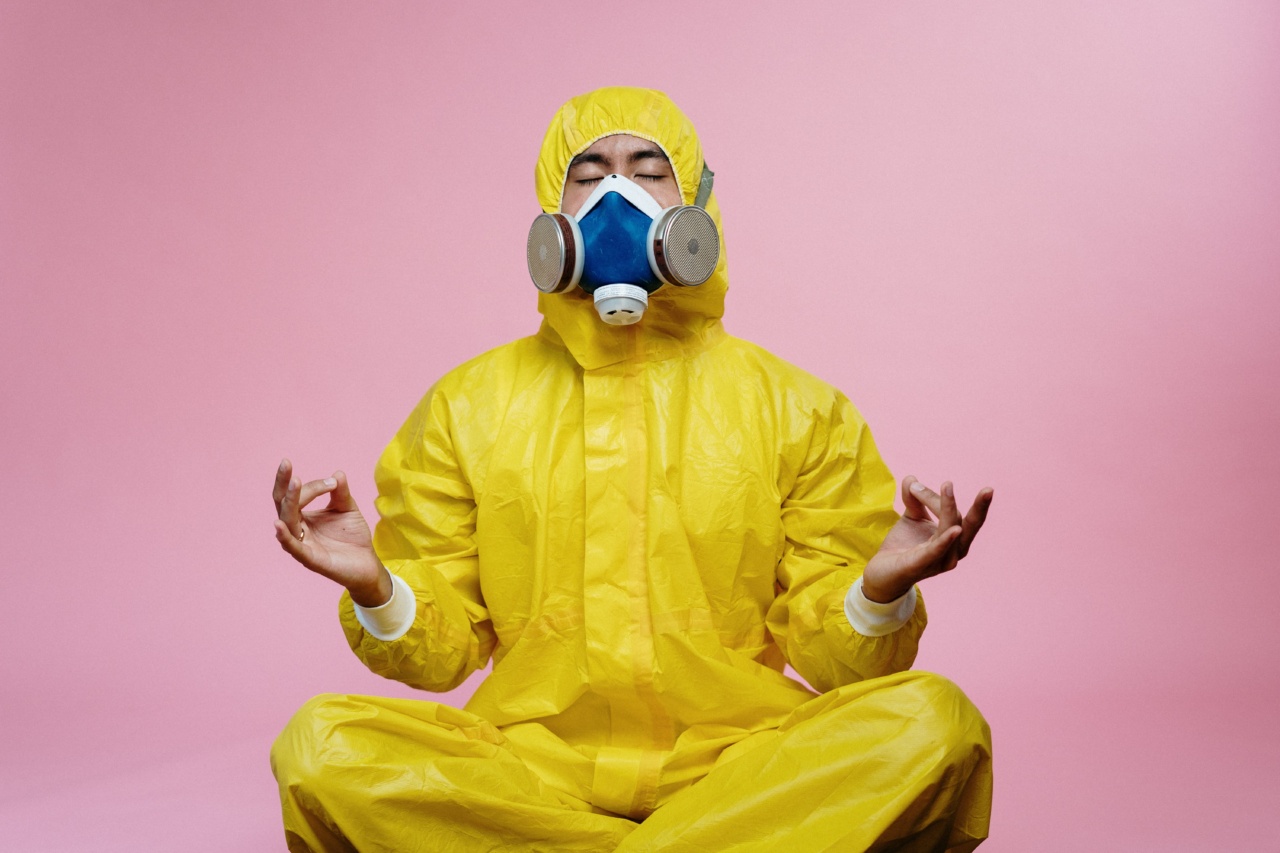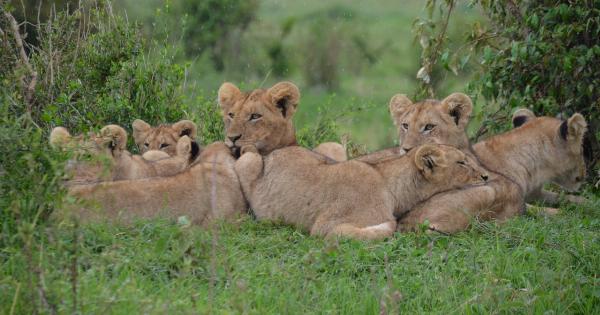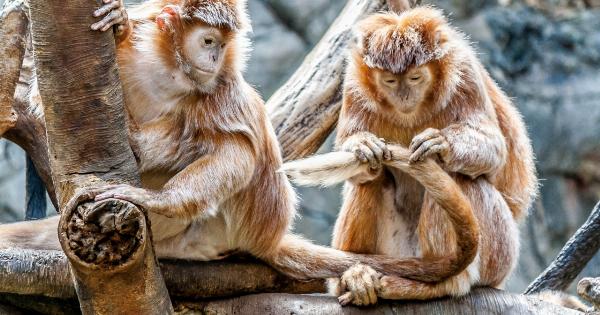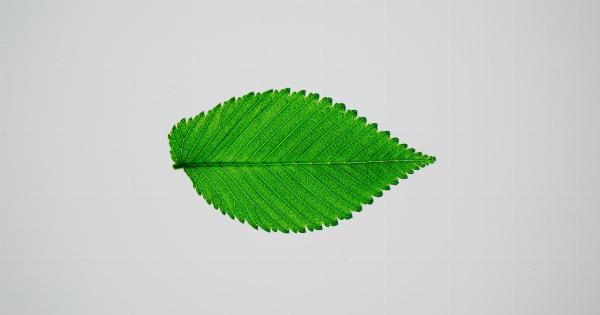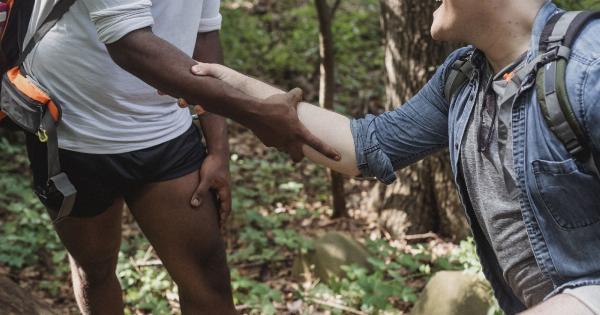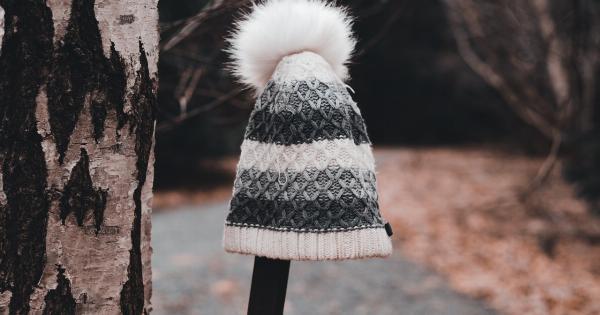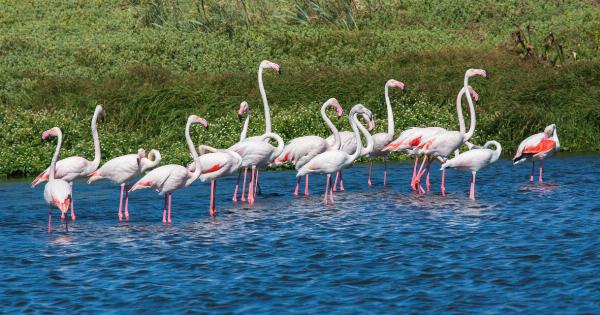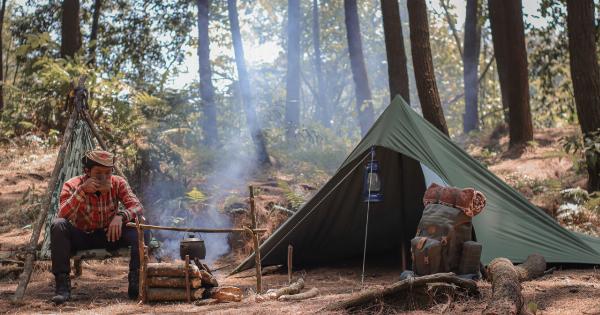Protecting and preserving the biodiversity of our planet is of utmost importance. Many animal and plant species are facing extinction due to various human activities. To mitigate these concerns, several species have been designated as protected.
This status ensures that human interference is minimized, allowing these species to thrive and continue their crucial role in maintaining the delicate balance of our ecosystems. In this article, we will delve into the importance of co-existing with protected species and discuss essential guidelines on how to behave around them.
Understanding Protected Species
Protected species are those that have been legally granted special status to ensure their survival and prevent their decline. These species may face threats such as habitat destruction, pollution, climate change, or poaching.
Protection measures can include legal frameworks, conservation efforts, and the establishment of protected areas to safeguard their habitats.
The Importance of Co-Existence
Co-existence with protected species is vital for several reasons. First and foremost, protected species play vital roles in maintaining the health and balance of our ecosystems.
They often occupy key niches and contribute to pollination, seed dispersal, and pest control, among other ecological processes. By preserving these species and their habitats, we safeguard the overall well-being of our environment.
Protected species are also valuable indicators of environmental health. Their presence or absence can provide valuable insights into the state of an ecosystem and the impacts of human activities.
Monitoring these species allows scientists and conservationists to assess the effectiveness of conservation efforts and implement necessary actions to protect other vulnerable species.
Guidelines for Interacting with Protected Species
When encountering protected species, it is essential to follow specific guidelines to ensure their wellbeing and minimize any potential negative impacts. Here are ten key guidelines to help you behave responsibly around protected species:.
1. Educate Yourself
Before venturing into natural habitats where protected species may reside, gather information about the species present, their behaviors, and their habitats. Understanding their needs and requirements is crucial to avoid unintentional disturbances.
2. Respect Boundaries
Many protected species reside in designated areas such as national parks, wildlife reserves, or protected habitats.
Respect the boundaries outlined by authorities and follow any specific regulations or restrictions in place to protect these areas and the species within them.
3. Keep a Safe Distance
Maintain a safe distance from protected species to avoid causing stress or anxiety. Use binoculars or telephoto lenses to observe them from afar, allowing them to carry out their natural behaviors undisturbed.
4. Do Not Feed or Touch
Feeding or touching protected species can have detrimental effects on their health and natural behaviors. Human food may not provide the necessary nutrition, and physical contact can transmit diseases or disrupt their social dynamics.
Appreciate them from a distance and let them forage or hunt naturally.
5. Minimize Noise and Rapid Movements
Sudden noises or rapid movements can startle and disturb protected species, causing unnecessary stress. Move slowly and quietly to minimize your impact and create a calm environment.
6. Dispose of Waste Properly
Improper disposal of waste can harm protected species and their habitats. Ensure that you dispose of any trash or litter correctly, following established guidelines in the area. This helps maintain a clean and safe environment for the species to thrive.
7. Respect Breeding and Nesting Sites
Breeding and nesting sites are especially sensitive areas for protected species. Avoid approaching or disturbing these locations during their respective breeding seasons.
Adhering to these restrictions ensures that their reproductive cycles remain undisturbed.
8. Do Not Capture or Remove Individuals
Capturing or removing protected species from their natural habitats is illegal and unethical. These actions can disrupt populations, weaken genetic diversity, and decrease their chances of survival.
Enjoy observing them in their natural habitats without interfering.
9. Contribute to Conservation Efforts
Consider supporting local conservation organizations and initiatives. Your contributions can help fund research, habitat restoration, and educational programs aimed at protecting and conserving these species for future generations.
10. Spread Awareness
Share your knowledge and experiences with others. Raise awareness about the importance of co-existing with protected species and the actions individuals can take to minimize human impact on their habitats.
By collectively working towards their preservation, we can ensure a bright future for these extraordinary beings.
